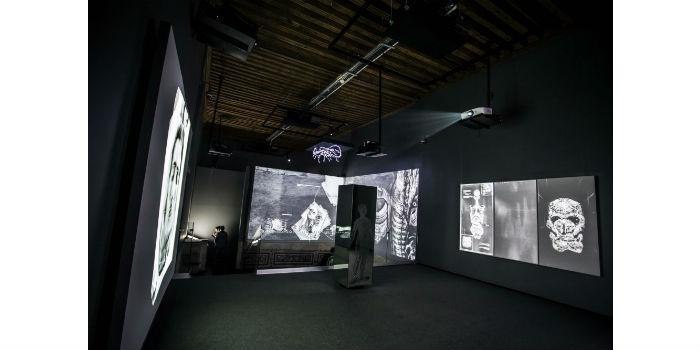 Mexico. An innovative tour of the images that show the history of medicine, its technological and scientific advances, and its link with art, is what the visitor will find in the exhibition "A Capite Ad Calcem", which celebrates the edition of the book of the same name. The exhibition is the result of the joint work that the team of the Palace of the School of Medicine of the UNAM and the Mexican producer Toloache made from the images of the French photographer Michel Zabé, who for years captured the pieces of the collection of the Museum of Mexican Medicine.
Mexico. An innovative tour of the images that show the history of medicine, its technological and scientific advances, and its link with art, is what the visitor will find in the exhibition "A Capite Ad Calcem", which celebrates the edition of the book of the same name. The exhibition is the result of the joint work that the team of the Palace of the School of Medicine of the UNAM and the Mexican producer Toloache made from the images of the French photographer Michel Zabé, who for years captured the pieces of the collection of the Museum of Mexican Medicine.
LED lighting sculptures and audiovisual pieces created with projection mapping and blending techniques are displayed with high quality thanks to the use of Panasonic video projectors. The exhibition will remain open to the public until November 30, 2018, at the Palace of the School of Medicine, in the Historic Center of Mexico City.
The phrase "A capite ad calcem" means in Latin, from head to toe. "A capite ad calcem is the medical premise that indicates the exploration, analysis, diagnosis and search for the well-being of the body of the one who does not know what happens. A capite ad calcem is to throw oneself into the body that hurts, that smells, that anguishes and lives in a constant swing of emotions," explains Minerva Anguiano, co-author of the book, in the hand program of the exhibition.
According to Nuria Galland, coordinator of Pedagogical Services and Academic Contents of the Palace of the School of Medicine, the exhibition was born as a result of the book in which it was sought to highlight the aesthetic qualities of the collection of the Museum of Mexican Medicine. The book project took three years, in which it was worked on by the hand of the French photographer, Mexican by adoption, Michel Zabé, who proposed the idea.
During the process of creating the book, Michel Zabé experienced an illness that ended his life, which, in the opinion of Nuria Galland, "resulted in a very personal, almost autobiographical project". The photographer, an admirer of Mexican culture, was a great friend of the Palace of the School of Medicine, so Nuria and her team were very clear that it was not just another book, so the exhibition would have to break the classic schemes to become a turning point.
With this objective and the intention of taking the book to other creative limits; in which photography, video, audio and lighting were combined, it was decided to invite the audiovisual production company Toloache to develop the content. "The exhibition talks about the advancement of medicine and the boast of science, which cannot be explained without technology, so it seemed logical to explore with different resources," says Nuria Galland.
Jorge Orozco, co-founder of Toloache, explains that the images they found in the book inspired them to create a concept that mixes projections and light installations. "Black and white invited us to play with the idea of light. We wanted to combine light, contrasts, projections, book notes and music," says Jorge. "The use of projectors allows us to leverage moving images as a narrative resource with which we broaden the spectrum of the visitor experience. Our intention is for the public to connect with the exhibition and generate new images."
The exhibition presents four pieces that display contrasting images through Panasonic high-brightness projectors. The first, an ingenious animation that is projected zenithally, with mapping technique, on the surface of a book that gives the impression of having a life of its own when turning its pages without stopping.
It is followed by a large screen of 8x3 meters that, by means of a blending, joins two projections to show a selection of photographs and texts from the book in a succession of beautifully animated images. The projection of a triptych of animations with high-impact images is the third of the pieces that Toloache created for this space. The use of GIF files, popular in social networks, proposes a game that seeks the complicity of visitors.
The fourth piece contrasts with the use of modern technology for the projection of images of ancient wax figures, used as scale models for the study of human anatomy.
The Toloache spokesperson comments that the resource of the projection, in live events, makes the viewer more involved with the content, abstract and put all their attention. "In this exhibition we really liked the warmth and texture that Panasonic projectors gave us. Projector technology is improving day by day. We were impressed by the contrast level of this equipment, the sharpness of the colors and the advantages of energy savings, thanks to the use of laser technology," adds Jorge Orozco.
"As soon as we got to know the project we decided to collaborate and facilitate the equipment for the exhibition. The challenge of combining high luminosity and high quality contrast excited us," explains Alejandro Ramos, Display Sales Manager at Panasonic de Mexico. "The weight of the image in this exhibition offers us an excellent opportunity to show the versatility of projectors in museums. In addition to technology, our new commercial scheme for renting audiovisual equipment adapts very well to the changing needs of cultural venues," says Alejandro.
The six Panasonic projectors, in a combination of Solid Shine Laser, LCD and 1 Chip DLP LCD technologies, will work long nine-hour days a day, seven days a week, for a period of four months.
To visit the exhibition
"The exhibition invites us to reflect on the body, the various bodies that the human being inhabits in their stages of health and disease. It is an intimate space that takes us on an inner journey, a space of darkness and light that contains everything that inhabits people when confronting the idea of disease and, therefore, the presence of medical science, "adds the spokeswoman of the Palace of the School of Medicine.
"A Capite Ad Calcem", is open to the general public, from Monday to Sunday, from 9:00 a.m. to 6:00 p.m. Admission is free and includes access to the 21 rooms of the Museum of Mexican Medicine. The Palace of the School of Medicine is located on Calle de Brasil No. 33, right in Plaza Santo Domingo, in the Historic Center of Mexico City.
The book "A Capite Ad Calcem", with the photographs of Michel Zabé and the texts of Minerva Anguiano and Miguel Ángel Echegaray, is available in the Palace of the School of Medicine.
Other collaborators
The Toloache team added the talent of other creative companies to collaborate on the exhibition: Fux Corporation was in charge of electronic programming, Zebra Studio designed illustrations and created animations, while El Taller worked on the production design, and Mercadorama developed a series of commemorative products that are offered to visitors to "A Capite Ad Calcem".
Panasonic projectors at the exhibition "A Capite Ad Calcem"
- PT-DZ6710: DLP technology, 6,000 lumens of brightness.
- PT-EZ770: 1 Chip DLP LCD technology, 6,500 lumens brightness.
- PT-DZ870: 1 Chip DLP technology, 8,500 lumens of brightness.
- PT-EX610: LCD technology, 6,200 lumens of brightness.
- PT-RZ570: Solid Shine Laser Technology of 1 Chip DLP, 5,400 lumens of brightness.





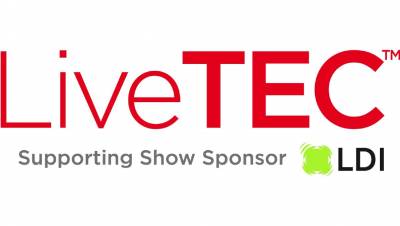
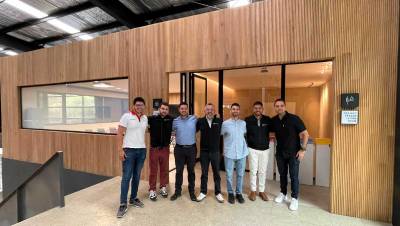
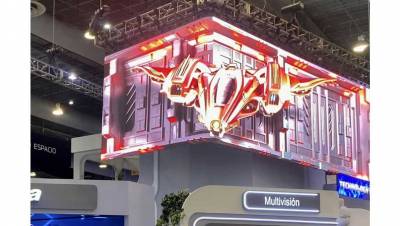
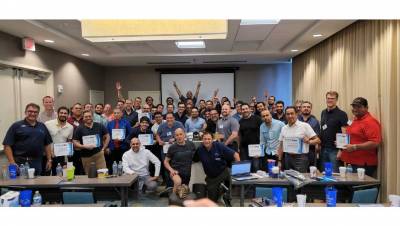

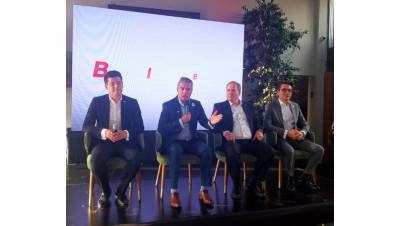
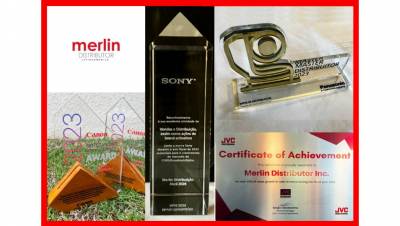














Leave your comment